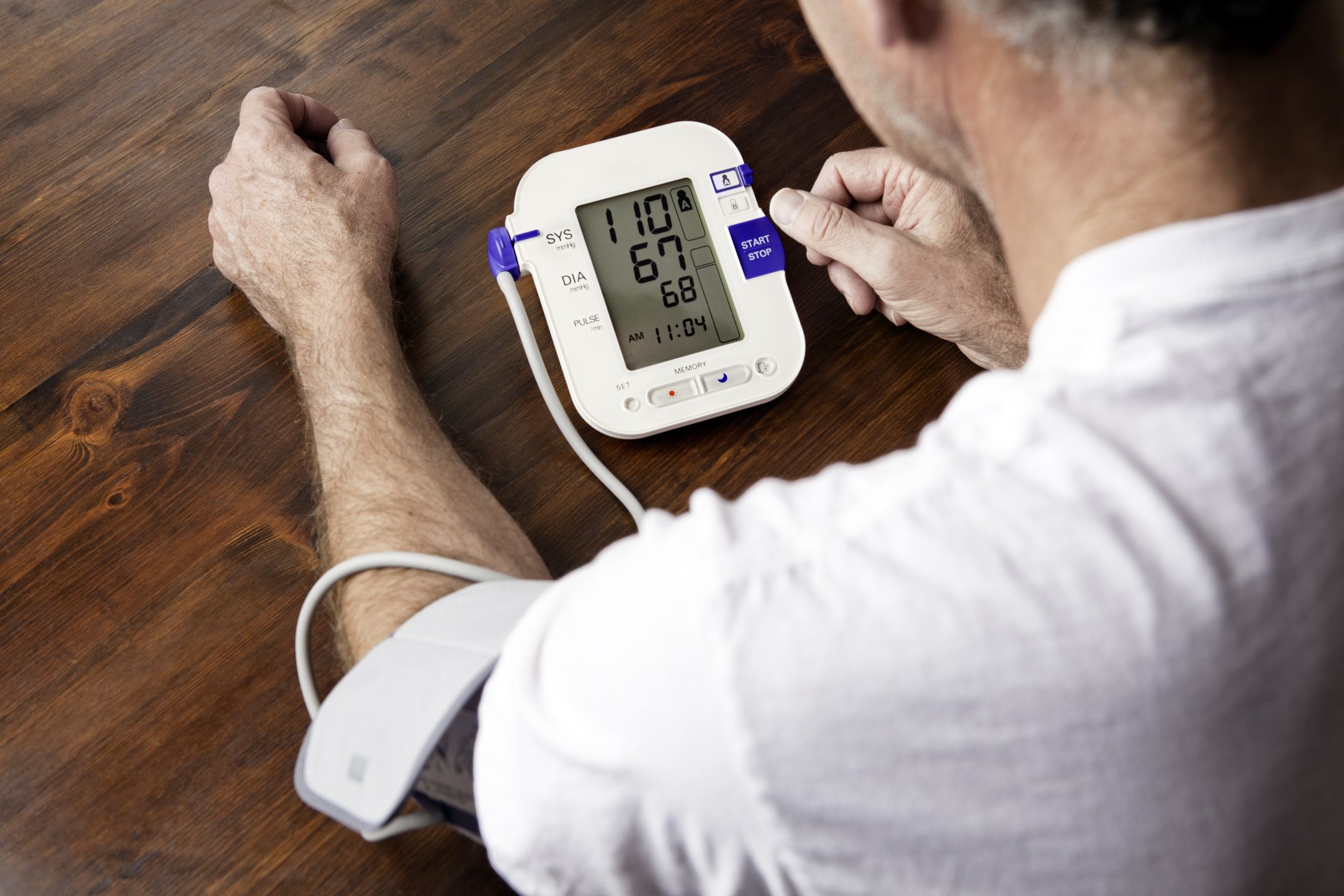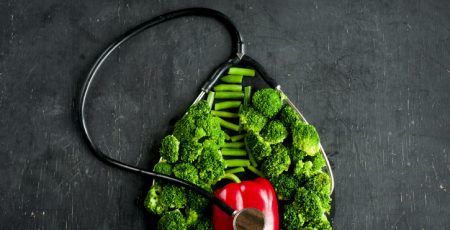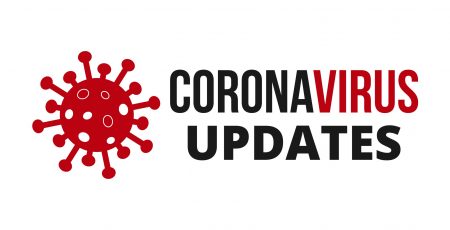
02 Sep Heart Failure, Hypertension and Low Sodium Diet
by Mary Burns RN, BS
High blood pressure and heart failure both benefit from a low sodium diet. Many may think that a low sodium diet means that food will lack flavor. But it doesn’t have to be that way. Here we present information about high blood pressure and heart failure, and provide some tips and ideas about how to keep your diet interesting… with low sodium!
High Blood Pressure (Hypertension)
Normal blood pressure is about 120/80. If it is elevated to 140/90 or above, it is called high blood pressure or hypertension. Hypertension is known as the silent killer because you can’t feel it; you may not even know you have a problem until your blood pressure is measured. If you find you have high blood pressure, your doctor will discuss with you what your blood pressure is, what it should be, and what medications and lifestyle changes are needed to get it down to a safe level.
Since there often are no symptoms, why should you concern yourself when it isn’t bothering you? When high blood pressure is left uncontrolled, that excess pressure means that your heart has to work harder to pump blood around the body and that high pressure can damage the heart and blood vessels. High blood pressure also increases your risk of developing other serious health problems. Besides heart disease, hypertension can also cause kidney disease, stroke, and vision loss. Poorly controlled blood pressure can also affect your ability to think and to learn, and can even contribute to dementia.
Heart Failure
Heart failure, or HF, occurs when the heart muscle becomes weak and does not pump properly. It does not mean that you, or your heart, are dying! Think about when you do a lot of physical work; when the work gets too hard, you stop and rest. But your heart is always pumping; obviously, your heart is not able to stop for a rest when it works too hard! What happens in HF is that the heart gets fatigued and is not able to pump as strongly as it once did. So, what signs are there that your HF might be getting worse? Keeping an eye on the following things will be of help.
Weight gain
Weigh yourself every morning, at the same time of day, and with the same clothes or lack of them. Weight gain of more than 2 pounds or so, maybe caused by fluid retention from too much salt in your diet, or by drinking too large a volume of fluids, but is unlikely to be the result of eating too much the day before. Unexpected weight gain can be an early sign that you are retaining fluids, which is bad for a failing heart.
Pitting edema (swelling)
Pitting edema is swelling and retention of fluids in the tissues. The first place you may see this might be in your feet, ankles, or shins. If you push your finger or thumb into your foot or ankle, does it leave a dent that stays after you remove your thumb? This is called pitting edema, described as 1 plus, 2 plus, etc. depending on how deep the dent is. It is often seen in the feet first because gravity causes the fluid to collect there. Also, inactivity, such as sitting in a chair all day without walking around, can make it worse. Elevating your feet, or wearing compression socks, will help. Your physician might ask you to decrease your salt (sodium chloride) or fluid intake if he or she considers it necessary.
Confusion and impaired thinking
This is another sign that a friend or family member may first notice about you. It can be caused by not having enough blood pumped into your brain.
While these problems listed above can be seen in early heart failure, they also can be seen in other conditions. It is up to your physician to evaluate them, not you! So, what should you do if you notice any symptoms like this? Make an appointment to see your doctor! Tell your physician about any of the above symptoms you have observed and let your doctor decide what causes these symptoms, and what needs to be done.
Low Sodium Diet
If you are diagnosed with HF or hypertension, your doctor may recommend one or more things. Various medications may be prescribed, depending on your diagnosis and symptoms, along with lifestyle changes. Exercise may be proposed, and your doctor may propose you start on a low sodium diet.
Sodium Chloride is what we know as salt, any kind of salt. Sea salt is still salt! The average American consumes more than 2,700 mg of sodium chloride a day. The American Heart Association recommends that everyone limit their sodium content to 2,300 mg a day, with an ideal limit of 1,500 mg a day. Your doctor may even suggest limiting your sodium intake down to 500 mg of sodium a day as part of a low sodium diet.
Many people think that a low sodium diet means not sprinkling extra salt on your food. But nearly all food contains salt already. You’ll likely be in for a shock when you start checking the sodium content listed on the labels of food that you plan to buy! Your favorite frozen dinner may contain 750 mg, 900 mg, or even more sodium! One slice of bread is about 210 mg. Even a 6 oz glass of milk has 125 mg of sodium. So, how can you get down to 500 mg of sodium intake per day?
Start by getting The American Heart Association Low Sodium Cookbook or another like it. It has lots of low sodium recipes, but more importantly, lists the sodium content of various foods. Links providing the sodium content of foods are also available at nutrition.gov. The good news you will find is that fruits, vegetables, and rice are salt-free if eaten without salty seasonings.
Try a salt substitute along with some sodium-free herbs to season your foods, especially when you first go on a low sodium diet. There are many salt substitutes available in the seasonings section of the supermarket or in online markets. Morton’s salt substitute is made from potassium chloride and is a wonderful substitute for the sodium chloride table salt you are used to. But, potassium chloride is to be avoided by those with kidney disease. Check with your physician if you have any concerns about this. These salt substitutes help a lot with the taste of your food, especially as you first are put on a very low sodium diet! There are also plenty of salt-free seasonings, marinades, and sauces that you can order. Just check the labels for sodium content.
Listed below are a few suggestions that might help make your meals worth eating.
An alternative to bread that has 210 mg sodium in a slice is a bread called Ezekial sprouted grain bread, which is low calorie and has 0 mg sodium a slice. Be sure you get the sprouted grain brand. It tastes okay but spread it with some salt-free butter, salt-free peanut butter, or Smucker’s Orange Marmalade with 0 mg sodium. As an alternative to all the tortillas with 210 mg of sodium are corn tortillas with 5 mg of sodium per tortilla.
Across the aisle, among all the high sodium cereals, is Shredded Bite Size Wheats. 1 ¼ cups has 0 mg sodium and 230 calories. At first bite, it may taste like something made from the contents of a hayloft(!), but mix it with a little regular cereal and 1/2 banana, or even some canned fruit cocktail. The result will have less than half the total sodium, and it tastes great!
For lunch or dinner, Trader Joe’s has “no salt added Marinara sauce” with 45 mg sodium per jar. You can also find unsalted sardines. Zero sodium corn chips can be sprinkled with Morton’s salt substitute and… yum! Newman’s mild salsa has 95 mg of sodium in a large serving.
If you want a fast-frozen meal, try Trader Joe’s Seafood Paella with 340 mg sodium per large serving. Taking 15 minutes longer to bake is a big serving of Mandarin Orange Chicken with 320 mg of sodium and 340 calories. One of those ready-to-eat dinners of 2 large peppers stuffed with ground turkey has only 380 mg sodium.
How about dessert? 2/3 cup of Mango Sorbet has only 140 calories and 0 mg sodium. Von’s slow churned light vanilla bean ice cream has 140 calories in 2/3 cup and only 45 mg of sodium. One carton of Greek Yoplait has 45 mg of sodium, while one carton of the regular has about 80 mg of sodium. Did you know that Jello has 337 mg of sodium a serving, while a whole cup of chocolate ice cream has only 100 mg of sodium along with its 205 calories? If you want to cut the sodium content of pie, skip the crust which has 168 mg of sodium along with 145 calories.
The next time you go shopping, see what low sodium foods you can find!
The take-home message for all this is to read the labels!!! You will be surprised at what you find. Happy hunting!





Dr. Barbara R Edwards
Posted at 10:08h, 17 NovemberThank you for sharing this informational article on low sodium diets and hypertension. It is very beneficial.